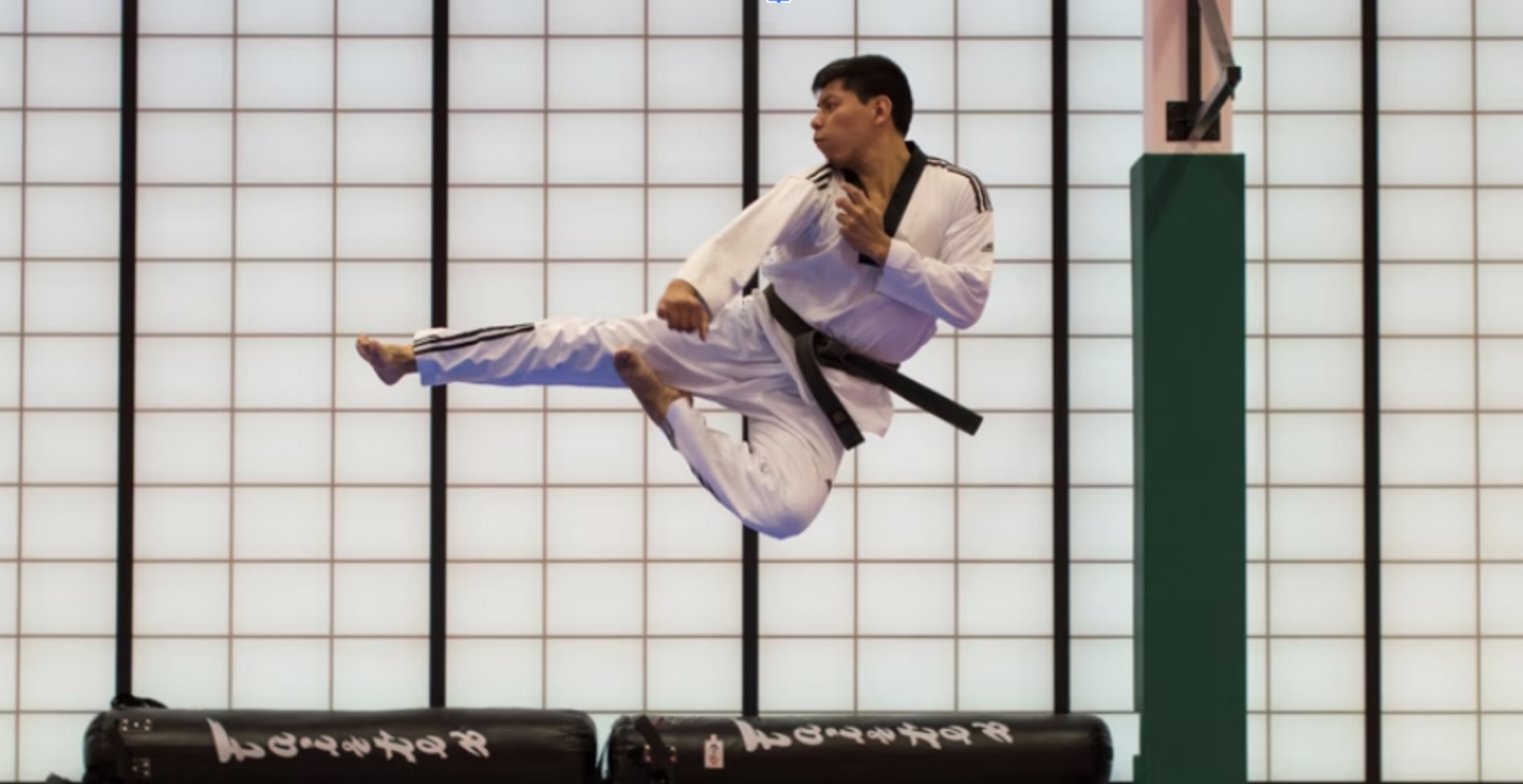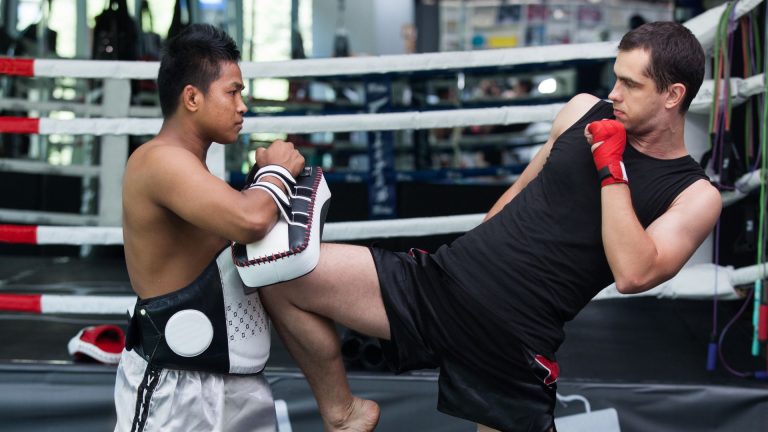Modern Day Taekwondo: The Benefits of Training and Learning Taekwondo Online
When it comes to martial arts, Taekwondo is among the well-recognized sports that people are interested in learning – be it online or in gyms. With its distinctive and precise kicks, Taekwondo is a combat sport that people of all ages want to practice.
Korean martial artists were the first ones to develop the combat sport around 2,000 years ago. Korean Taekwondo has influences from several indigenous fighting styles in the country, as well as Karate and Chinese martial arts. It is Korea’s national martial art that has now spread worldwide.
It was during the 1940s to 1960s that Taekwondo was introduced to the United States to train soldiers in the military base. Today, modern-day Taekwondo has evolved to a tournament format and is recognized as an Olympic sport.
The massive interest in Taekwondo has expanded beyond South Korea. This is evident in the number of Dan certificates, or the 1st-degree black belt, issued to students 15 years old and above. The Kukkiwon or World Taekwondo Headquarters has over 540,000 registered Dan certificates overseas and 3.48 million from South Korea as of September 2021.
From what was an exclusive fighting style in Korea that was later used by the military, Taekwondo nowadays is an accessible combat sport. Anyone, regardless of gender, age, or culture, can learn Taekwondo.
How Is Taekwondo Trained in the Modern-Day?
Modern-day Taekwondo has evolved into techniques that are now used by practitioners. Some of the fundamental techniques when learning Taekwondo online or in a gym include the following movements:
Stances
In Taekwondo, stances are termed as Sogi or Seogi. The stances in Taekwondo are the various standing positions that put the fighter at the ready. There are several stances in Taekwondo. These include the attention stance, ready stance, or closed stance. Each stance differs from the position of the legs, body, and weight distribution for optimal launching of an attack.
Another is the tiger stance to put the legs ready to kick and the sitting or riding stance as a low stance for punching practice. There is the back stance to maintain the balance while the front legs do the kick. Its alternative is the fighting stance.
Hand Attacks
The hand attacks or hand strikes in Taekwondo make a good replacement for kicks. If it’s not possible to execute a kick during a fight, hand attacks can be an alternative maneuver.
Hand attacks need to be executed in a fast manner for them to work and make it harder for the opponent to defend against the attack. Several variations of the hand attack can be done by either standing, spinning, doing a jump, or rushing forward. Among the hand attacks that one can strike at an opponent can be the forefist, knife hand, back fist, palm heel, and a four knuckle strike, which is used for breaking boards.
Kicks
Doing kicks is a staple of the Taekwondo sport. Its variations include jump kicks or spin kicks. From an initial stance, either the front or rear leg can be used to perform a kick.
Taekwondo kicks are known as Chagi, and it has several variations. The front snap kick is a linear kick, while the side kick allows for a powerful kick. Roundhouse kicks are also one of the Taekwondo kicks characterized by a turning step. Other variations include the ax kick, hook kick, jumping kick, and spinning tornado kick.
Blocks
Stopping an opponent is possible through various blocking actions. These blocks are defined as Makgi and can effectively deflect or put a stop to an incoming attack.
While blocks are intended to defend against an opponent, they can also be used with a punch or kick to do a counter-attack. Among the blocking actions in Taekwondo are the high block, knife hand block, and palm block. These are basic and standard blocks that can deflect either incoming punches, kicks, or attacks to the torso.
Breaking
Another recognized act in Taekwondo is the breaking of various items by either using the hands or kicking them. These include breaking a piece of wood in half, a mainstay in Taekwondo demonstrations.
Breaking boards demonstrate a Taekwondo practitioner’s skills. They will be judged according to their technique, speed, and power. Different body parts can be used in doing the breaking, such as the hand ridge, knee strikes, headbutts, and even parts of the foot.
Poomsae
The movement patterns in Taekwondo are called a Poomsae, typically seen and judged during a competition. These patterns interlink various techniques in Taekwondo.
A Poomsae includes both basic and advanced Taekwondo techniques. The performance of doing the pattern will be judged based on the proper form, accuracy of the movement, realistic application in combat, posture, and overall manners.
The Fundamentals of a Taekwondo Tournament
As modern-day Taekwondo is primarily about competitions, it’s important to know the tournament details when learning Taekwondo online.
Competition format
Two athletes will be competing with each other in Taekwondo. This will be the Blue or “Chung” and the Red or “Hong”. A Taekwondo contest has three rounds of two minutes each and a one-minute break after every round.
Points system
The points are determined by either landing kicks or throwing punches. These actions need to be done with accuracy and must land in legal areas – the body and the head. Any attacks that go below the waist are not allowed in Taekwondo.
There are one, three, and four-point classifications depending on where the attack landed. Taekwondo matches nowadays use a Protector and Scoring System (PSS) as an electronic means of measuring the strikes.
Penalties and appeals
A Taekwondo fight has penalties classified as kyong-go and gam-jeom, each one referring to various offenses. The kyong-go is a common penalty with an equivalent half-points in penalty. It serves as a warning for actions such as grabbing, pushing, crossing the boundary line, or any misconduct from a contestant or the coach.
Meanwhile, the gam-jeom is a serious penalty that will have a one-point penalty. Gam-jeom applies when an offender attacks a fallen opponent, attacks the waist/head intentionally, or has violent remarks. It will take five penalty points before the offending athlete is considered as losing the fight.
What Are the Benefits of Training in Taekwondo?
1. Build strength, stamina, and flexibility
Taekwondo improves muscle tone and develops one’s strength. The physical training of Taekwondo works various muscles, including the legs and your core. This, in turn, builds up your stamina. By moving the body in various directions, it’s also possible to improve one’s flexibility.
2. Enhanced agility and reflexes
Learning Taekwondo online or in a gym can help you enhance your agility. Also, it helps you develop reflexes that you never once had before. The Taekwondo techniques that you have to repetitively execute allow you to integrate muscle memory. You’re learning and improving your Taekwondo while, at the same time, also making you more agile and working on your involuntary defenses.
3. Greater concentration
It takes focus to execute the various Taekwondo techniques, which can help you have better concentration skills. Taekwondo has precise movements, from targeting a specific body part in kicking or punching to keeping a proper posture. Accuracy is all the more important in a Poomsae demonstration, and this is how you can gain laser-sharp focus in physical or mental activities that require your undivided attention.
4. Develop self-discipline and confidence
You will have higher self-esteem upon learning the different Taekwondo techniques. And, most especially, when joining and winning competitions. You will be more confident about your abilities and what your body can do by doing the Taekwondo techniques. Also, it takes discipline to practice regularly to improve your skills and move a belt higher. This is what Taekwondo imparts – disciplining your body and mental state to focus on the sport.
5. Healthy lifestyle
As with any form of physical activity, learning Taekwondo online or in a gym can help you achieve a healthier body and improve your overall mood. You’re already sweating trying to do the Taekwondo movements, which is a good thing to burn calories. Best of all, Taekwondo isn’t merely exercise as you’re also developing combat fighting skills.
6. Apply the skills to other sports
Taekwondo has a vast number of skills, from kicking to punches and even body movements that translate well to other sports like learning MMA online, Karate, and Kickboxing. Its versatility in terms of punching and kicking techniques can be applied if you’re also learning other combat sports.
Taekwondo is closely related to Karate, making it a suitable sport to learn. You can also benefit from the Taekwondo techniques and use them when learning MMA online or doing Kickboxing. The wide range of techniques you practice while learning Taekwondo online or in a gym can become a foundation when doing other martial arts.



